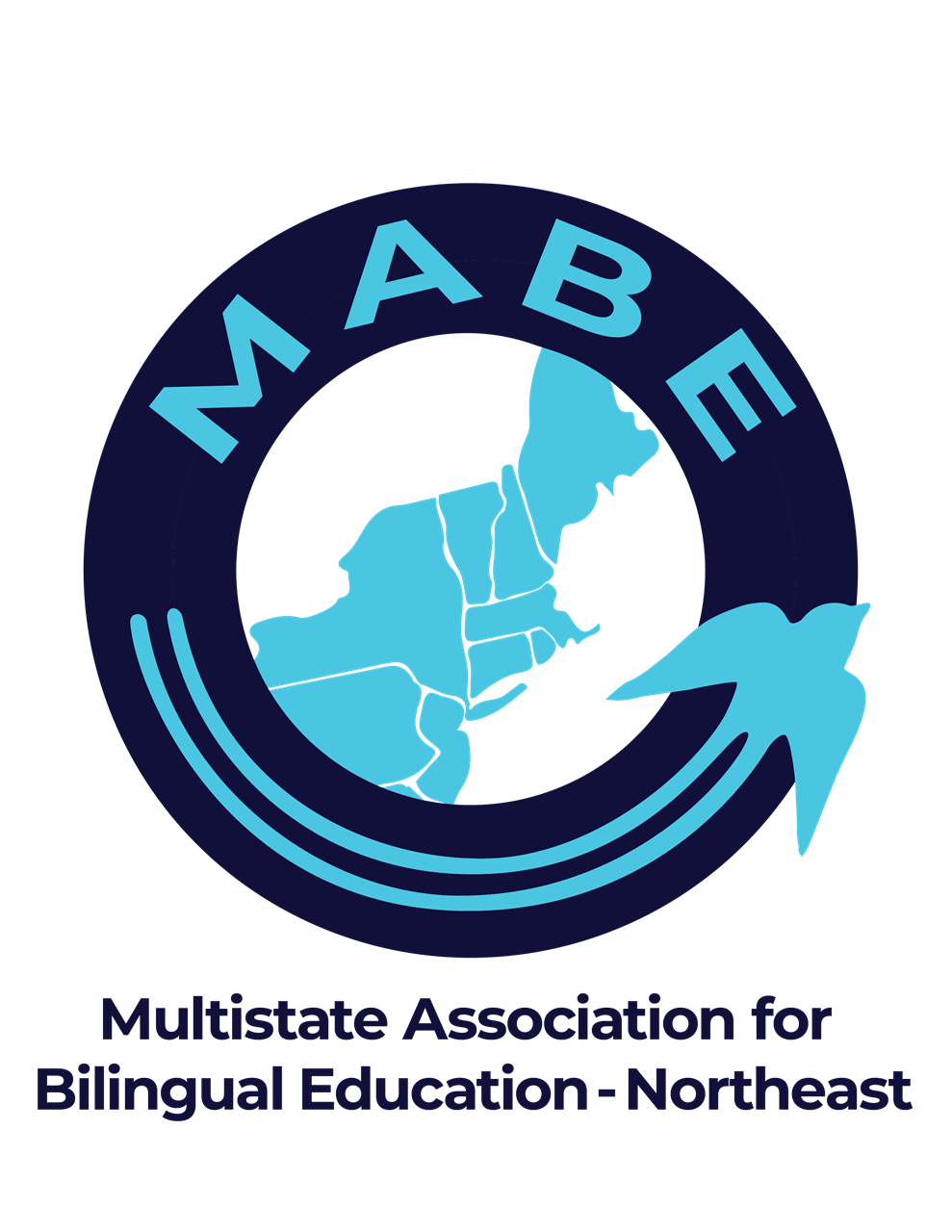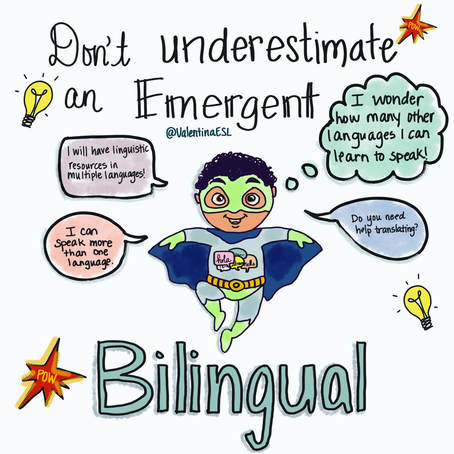Multistate Association for Bilingual Education, Northeast A nonprofit organization for educators, families, and policy makers. |
Definition
The term dual language education refers to any program that provides literacy and content instruction to all students through two languages and that promotes bilingualism and biliteracy, grade-level academic achievement, and sociocultural competence (a term encompassing identity development, cross-cultural competence, and multicultural appreciation) for all students. Dual language programs can be either one-way or two-way depending on the Two-way immersion (TWI) programs include approximately equal numbers of students who are monolingual or dominant in English at the time of enrollment and students who are monolingual or dominant in the partner language at the time of enrollment. There may also be students who have proficiency in both languages at the time of enrollment. A general rule of thumb is that to be considered a two-way program, no less than one third and no more than two thirds of the student population should be monolingual or dominant in either English or the partner language at the time of enrollment. One-way immersion (OWI) programs serve more linguistically homogeneous groups of students. One-way dual language programs in which all students are proficient in the partner language but not in English at the time of enrollment are typically called developmental bilingual programs. They use both languages to teach content, and they help students develop proficiency in English while maintaining and continuing to develop their skills in their home language. One-way dual language programs whose students are all monolingual or dominant in English at the time of enrollment are generally known as foreign or world language immersion. More Info: DLE Facts and Tools, Research and Resources, MABE 2024 |

